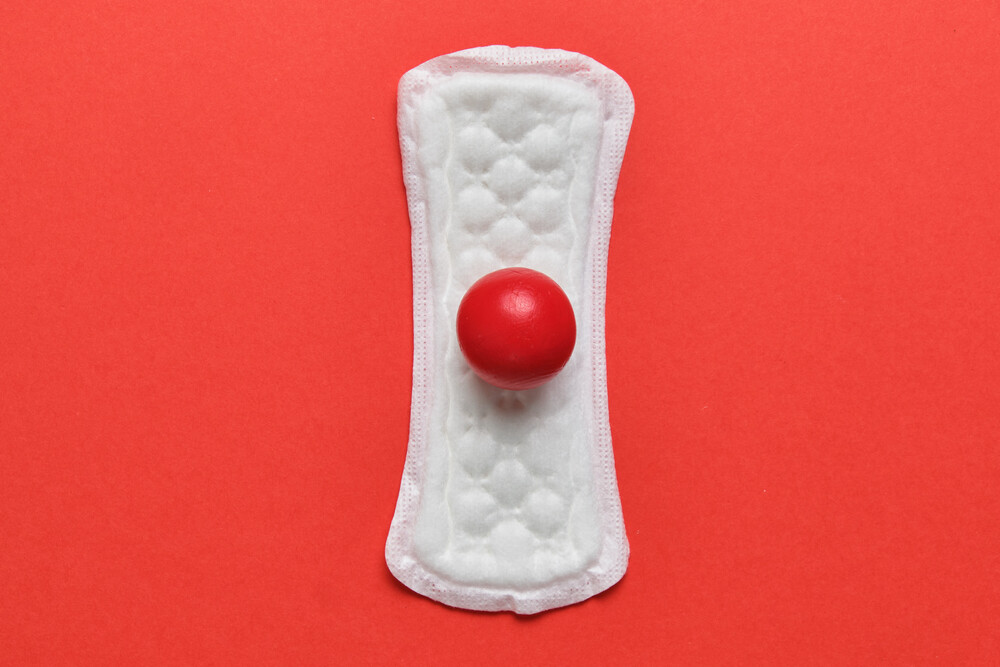If spotting occurs instead of the period, this does not necessarily mean something bad immediately. You can find out the possible causes here!
Spotting instead of periods: What does that mean?
Sometimes spotting occurs instead of the period – or there is a surprising inter-bleeding in the middle of the cycle. It is often a brownish, light bleeding. In some cases, the spotting is so severe that it is confused with normal menstruation. In general, the bleeding can be over once or after a few hours, but it can also last for several days. A spotting or spotting in-between periods does not always have to be something bad immediately, but women should take it seriously during pregnancy and have it checked by their gynaecologist.
Causes of spotting instead of periods
The female cycle is controlled by a complex interaction of hormones. But even small irregularities can throw this control out of balance – and thus cause spotting instead of menstruation. Another possible consequence is that the menstruation stops. The following causes can be the result of spotting instead of period:
- Pregnancy: Especially in the first phase of pregnancy more than half of all women suffer from slight spotting. As a precaution, the gynaecologist or midwife should check that everything is in order. Because in some cases these bleedings can also indicate endometriosis or an ectopic pregnancy.
- Ovulation bleeding: In some women, the oestrogen level drops at ovulation while the progesterone level rises. This can cause spotting.
- Luteal phase deficiency: After ovulation, the corpus luteum produces the hormone progesterone, which builds up the lining of the uterus and thus makes pregnancy possible. If the corpus luteum is weak, not enough progesterone can be built up – this makes pregnancy more difficult if you want to have children. In addition, the second half of the cycle is shortened and affected women suffer spotting more often.
- Embryo implantation bleeding: If an egg cell wants to implant itself in the lining of the uterus after fertilisation, small vessels can be injured. The possible consequence: a short, fresh bleeding.
- Inflammation: Fallopian tubes, ovaries, parts of the uterus or vagina may be inflamed, causing spotting.
- Tumors: Benign tumors such as myomas or polyps, but also malignant tumors such as cervical cancer, ovarian cancer or vaginal cancer are also responsible for intermediate bleeding and spotting.
- Thyroid disease: A spotting can also be caused by a deficiency or excess of thyroid hormones, i.e. by hypothyroidism.
- Liver disease: The liver is responsible for metabolism, among other things. If it no longer works properly, cycle disorders can occur.
- Psychological factors: Stress and mental strain can disturb hormonal processes and cause spotting.
- Injuries during intercourse: During sexual intercourse small veins can sometimes burst, causing bleeding.
- Contraception: A switch to hormonal contraceptives such as the pill or the coil can also initially trigger the odd spotting.
Signs: When do I have to go to the gynecologist for spotting?
Like other menstrual cramps, a single spot of spotting usually does not need to be a cause for concern at first. However, if several unplanned bleedings occur, the gynaecologist should be contacted. The following signs should be noted:
- There are several bleedings in a row
- Lubricating bleeding generally occurs more frequently
- Prolonged or unusually heavy menstrual periods
- Bleeding during pregnancy
- Menstrual bleeding after menopause
- Severe pain
- Weaknesses or fainting

